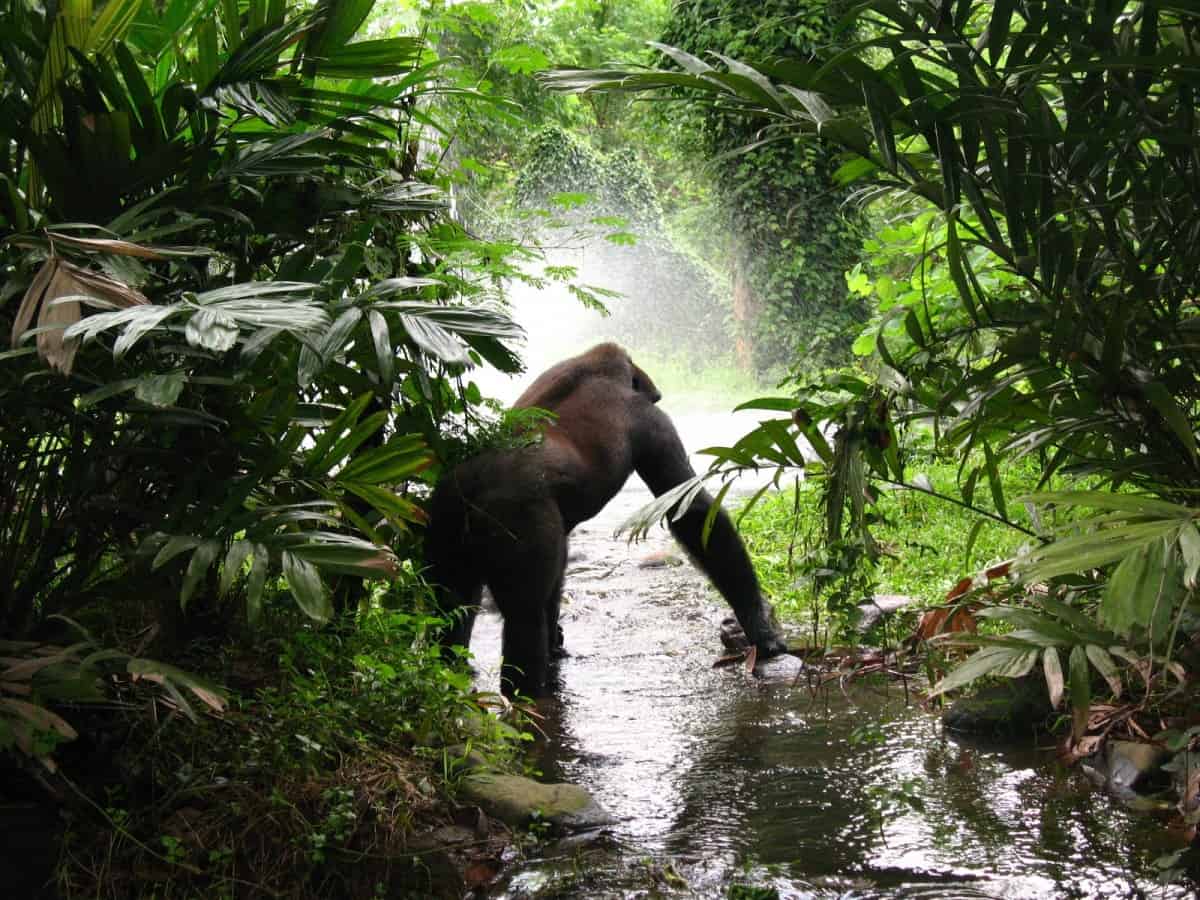African rainforests continued to function as a carbon sink even in the face of adverse climatic conditions.
Tropical rainforests in Africa experienced extended spells of heat and drought a few years back, yet they weathered these adverse changes in climate quite well.
Better yet: these resilient forests continued soaking up carbon in large quantities, thereby mitigating climate change, say scientists at the University of Leeds in the United Kingdom.
The experts reached this conclusion after tracking 46,000 trees in 100 different tropical rainforests across six African countries during an El Niño event in 2015-16, which saw local rainforests having to endure excess warming of 0.92 degrees Celsius above the 1980-2010 average with the strongest drought on record to boot.
Yet despite the hotter and drier conditions tropical forests across the continent still removed 1.1 billion tons of carbon dioxide each year from the atmosphere, or three times the CO2 emissions of the United Kingdom in 2019, according to the scientists.
“We saw no sharp slowdown of tree growth, nor a big rise in tree deaths, as a result of the extreme climatic conditions,” explains Amy Bennett, an expert at the university. “Overall, the uptake of carbon dioxide by these intact rainforests reduced by 36%, but they continued to function as a carbon sink, slowing the rate of climate change.”
The finding can give us an inkling of how well the continent’s vast tropical rainforests will likely react to increased heat and drought in a warming world. “African rainforests appear more resistant to some additional warming and drought compared to rainforests in Amazonia and Borneo,” notes Prof. Simon Lewis, who led the development of forest observations across Africa for the study.
The likely reason for that is that African rainforests grow in conditions that are drier than those across much of Amazonia and Southeast Asia, which makes them naturally more resistant to droughts. The scientists found that the largest trees in African forests remained largely unaffected by droughts, although smaller trees grew less and died more during El Niño, probably because they had less access to water.
Overall, however, these adverse conditions had only modest impacts. “African rainforests continued to function as a carbon sink, as the changes in the smaller trees were too small to stop the long-term increase in overall tree biomass seen in these forests over the last three decades,” the scientists explain.
That’s good news, needless to say.
“African tropical forests play an important role in the global carbon cycle, absorbing 1.7 billion tonnes of carbon dioxide from the atmosphere each year in the 2000s,” Bennett says. “To discover that they will be able to tolerate the predicted conditions of the near future is an unusual source of optimism in climate change science.”
However, this does not mean that these more resilient African forests won’t need further protection, stresses Prof. Bonaventure Sonké, a scientist at the University of Yaoundé I in Cameroon.
“Our results highlight just how important it is to protect African rainforests [as] they are providing valuable services to us all,” Sonké says. “The resistance of intact African tropical forests to a bit more heat and drought than they have experienced in the past is welcome news. But we still need to cut carbon dioxide emissions fast, as our forests will probably only resist limited further rises in air temperature.”
This story first appeared on Sustainability Times
South Africa Today
© 2021 Sustainability Times.
This article is licensed under a Creative Commons Attribution-ShareAlike 4.0 SA International License.












